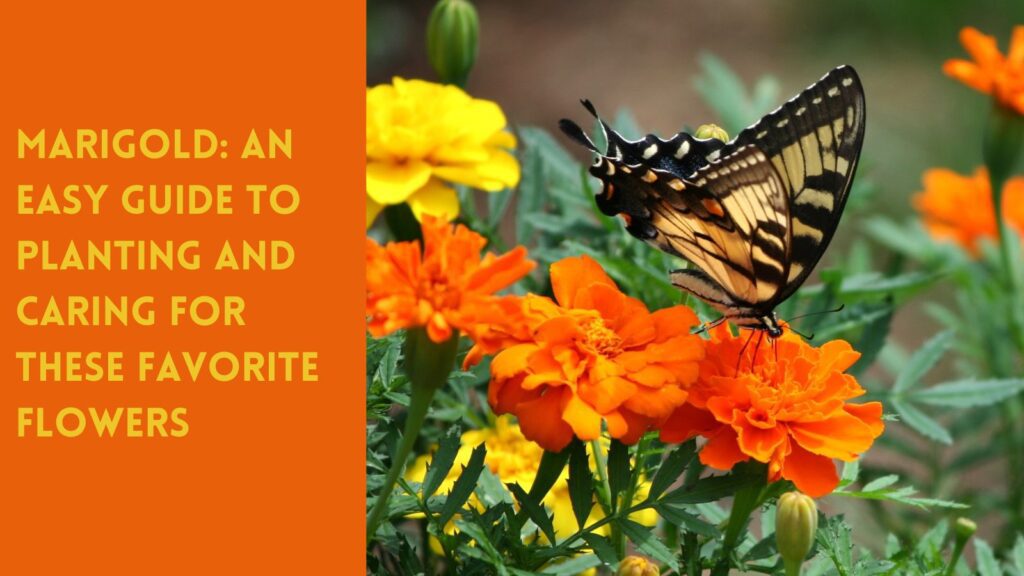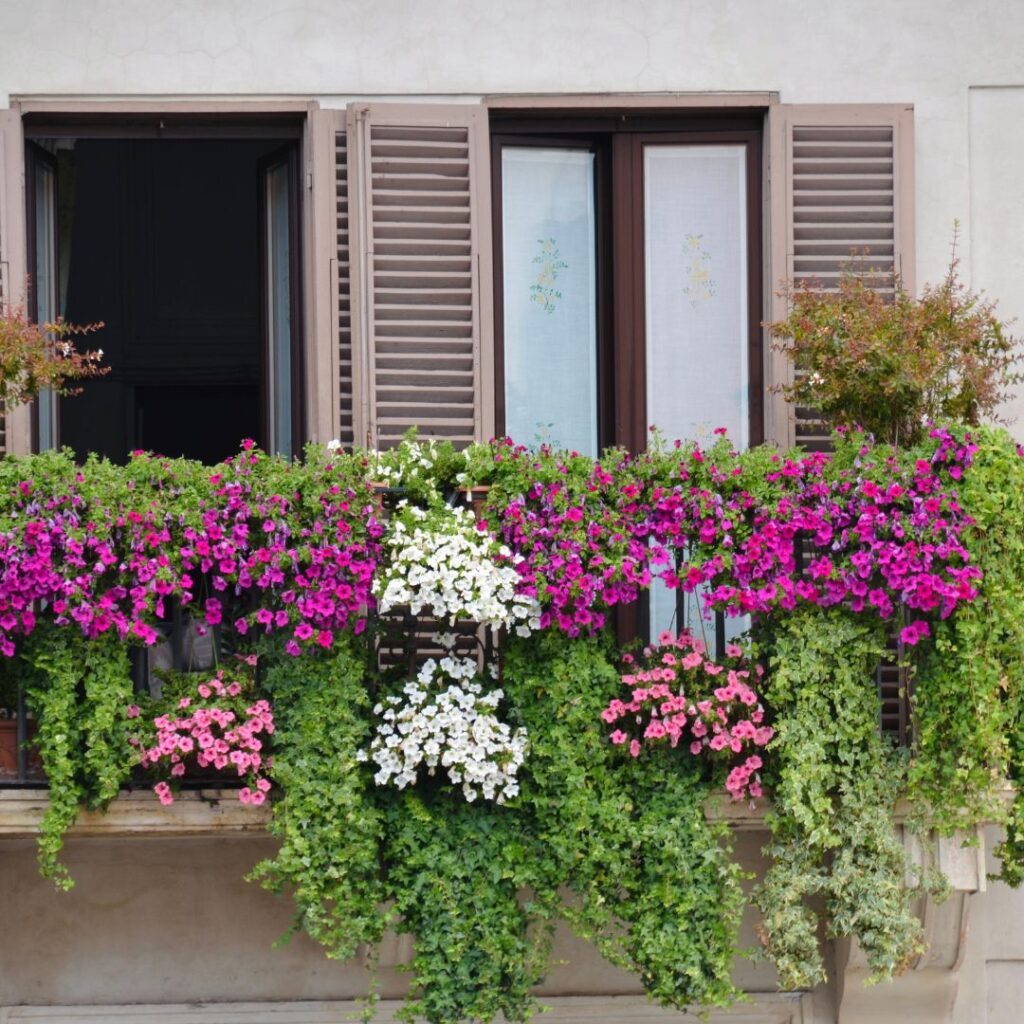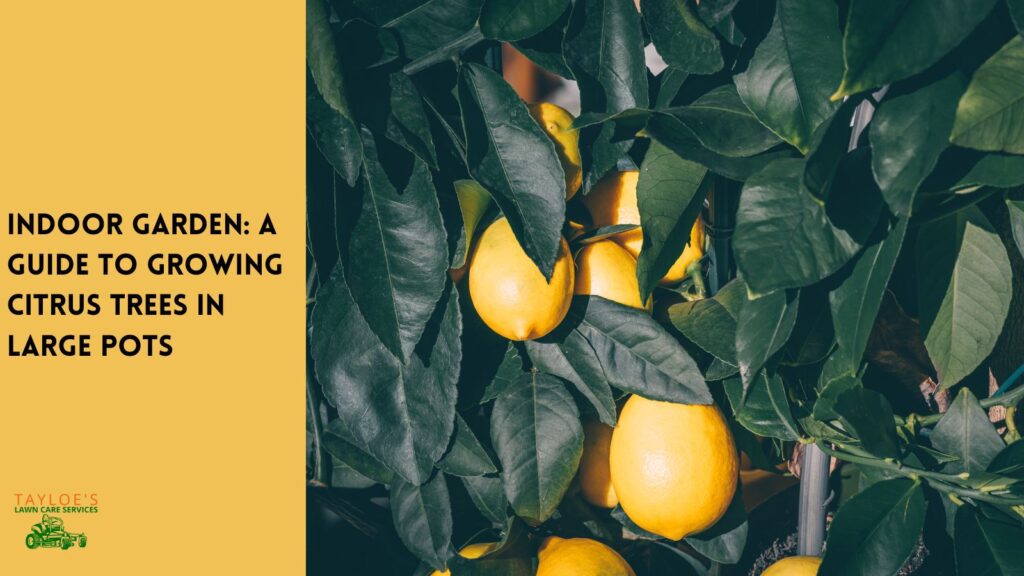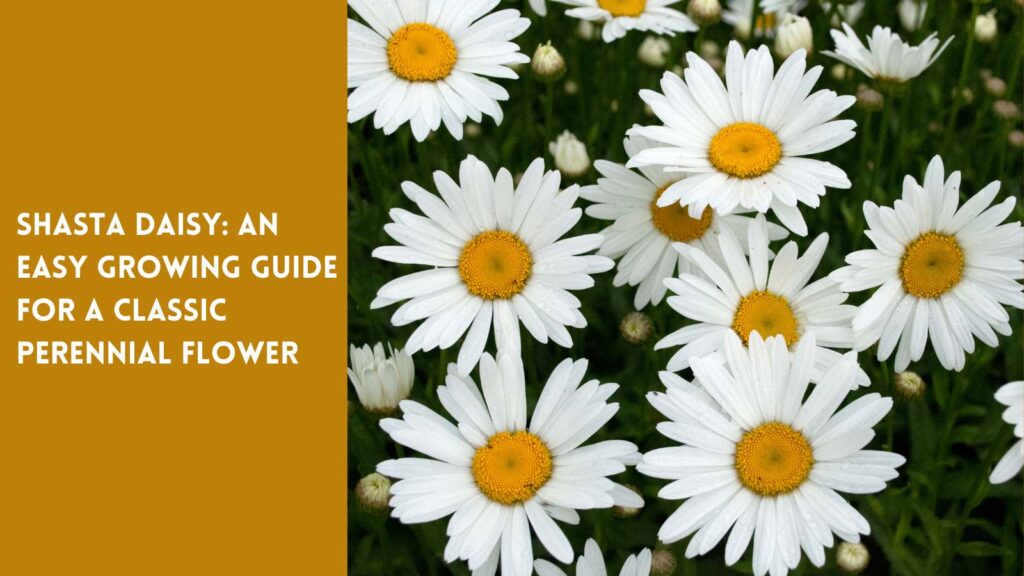Last Updated on: 7th February 2024, 05:52 am
The beautiful geranium is ideal for container gardens, hanging baskets, or deck boxes.
Geraniums are a popular and versatile plant known for their vibrant colors and hardy nature. They can easily make a powerful color statement in any landscape or garden design, transforming the look and feel of your outdoor space.
This article will explore the various types of this gardener’s favorite, their colors, and how to incorporate them into your landscape design.
Geraniums, particularly those belonging to the Pelargonium genus (garden geraniums or zonal geraniums), are annual in most climates. They are not cold-hardy and will not survive freezing temperatures, so they are often treated as annuals and replanted yearly.
However, in USDA hardiness zones 10 and 11, where temperatures remain warmer throughout the year, some Pelargonium species can be grown as perennials.
True geraniums (Geranium species), also known as cranesbills, are generally perennial plants that return year after year. Depending on the specific species or cultivar, they are usually hardy in USDA zones 4 through 9.
Tayloe’s Lawn Care Services clients’ homes are in USDA zones 7b and 8; they function as perennials in North Carolina.
Geranium Varieties and Their Colors
The Latin name for the common garden geranium is Pelargonium x hortorum. The flower is a genus of plants with over 400 species. But the name is often used interchangeably with Pelargonium. True geraniums, also known as cranesbills, belong to the Geranium genus.
Zonal geraniums
Zonal geraniums are known for their rounded leaves and wide range of colors, including red, pink, salmon, lavender, and white. Popular cultivars include ‘Americana Red,’ ‘Orbit Violet,’ and ‘Patriot Bright Red.’
Ivy geraniums
With their trailing habit and glossy leaves, Ivy geraniums come in red, pink, purple, and white. Some popular cultivars are ‘Tornado Red,’ ‘Cascade Lilac,’ and ‘Summer Showers White.’
Regal geraniums
Regal geraniums, also known as Martha Washington geraniums, boast stunning, large flowers in various shades of purple, pink, red, and white. Popular cultivars include ‘Elegance Royalty Red,’ ‘Regalia Raspberry Swirl,’ and ‘Charisma Deep Rose.’
Scented geraniums
While scented geraniums are primarily grown for their aromatic foliage, they also produce delicate flowers in shades of pink, lavender, and white. Popular cultivars include ‘Attar of Roses,’ ‘Lemon Fizz,’ and ‘Chocolate Peppermint.’
They appear to have mosquito-repellent properties, especially Citronella, or the mosquito plant. In addition to deterring mosquitoes, they might help deter other pests, such as white flies or aphids. Pick a leaf and crush it to release the fragrance.
Species geraniums
Species of true geraniums feature blue, purple, pink, and white flowers. Some popular cultivars are Geranium sanguineum ‘Max Frei,’ Geranium pratense ‘Mrs. Kendall Clark,’ and Geranium x oxonium ‘Wargrave Pink.’
How to Use This Showstopping Flower in Landscape Design

Container gardening
These colorful blooms are perfect for container gardening, where their vibrant colors can be combined with other plants to create complementary or contrasting color combinations. For example, pair red zonal geraniums with yellow marigolds or purple ivy geraniums with orange calibrachoas.
Garden beds and borders
The flowers can create monochromatic, analogous, or complementary color schemes in garden beds and borders. Plant a mix of pink, red, and white flowers for a monochromatic design, or use purple alongside blue and pink flowers for an analogous color scheme. For a complementary color scheme, pair red with green foliage plants.
Hanging baskets and window boxes
Your flowers will thrive in hanging baskets and window boxes, providing a stunning color display. Choose colors that complement or contrast with your home’s exterior and other nearby plants, and be sure to provide proper care and maintenance for the best results.

Your Blooms Require Some Care for Optimal Color Display
- Soil Requirements: They prefer well-draining soil with a slightly acidic to neutral pH. Amend your soil with compost or other organic matter to improve its structure and fertility.
- Watering and fertilizing: Water your plants regularly, allowing the soil to dry slightly between waterings. Apply a balanced, water-soluble fertilizer every four to six weeks during the growing season to encourage vibrant colors and healthy growth.
- Pruning and deadheading: Regularly prune your plants to maintain shape and encourage bushier growth. Deadhead spent flowers to promote continuous blooming and keep your plants looking their best.
- Pest and disease control: Monitor your flowers for common pests, such as aphids and whiteflies, and treat them as necessary with insecticidal soap or other appropriate treatments. Watch for diseases like powdery mildew and bacterial blight, and implement proper cultural practices to prevent their occurrence.
Combining Geraniums with Other Plants
- Pairing with annuals: Consider color coordination, texture, and form when pairing with annuals. For example, combine red geraniums with yellow marigolds for a striking color contrast or white geraniums with blue lobelia for a cooling effect.
- Pairing with perennials: They also pair well with perennials. Match colors and textures, such as pink geraniums with purple salvia or blue geraniums with yellow daylilies.
- Pairing with shrubs and trees: Incorporate geraniums into your landscape by planting them near shrubs and trees with complementary or contrasting colors. For example, red flowers create a vibrant contrast to the cool blue foliage of blue spruce.

Inspiring Geranium Color Displays
- Real-world examples of stunning displays: Look to public gardens, botanical gardens, and garden tours for inspiration in creating unique geranium color combinations. Observe how others have utilized geraniums in their landscape design, and take note of color schemes that catch your eye.
- Tips for creating your favorite unique color combinations: Experiment with geranium varieties, colors, and companion plants. You will learn how to create a personalized color statement in your garden. Consider your outdoor space’s overall design and aesthetic, and don’t be afraid to mix and match hues and textures to achieve your desired effect.


The Takeaway: Geraniums Can Tell a Beautiful Color Story in Your Landscape
Geraniums have the power to transform your garden with their vibrant colors and versatile nature. By understanding the various types of geraniums and how to incorporate them into your landscape design, you can create a stunning color statement that will enhance the beauty of your outdoor space. If you want more gardening tips and inspiration, follow Tayloe’s Lawn Care Services on Facebook. We provide exceptional lawn care services to help you create and maintain the garden of your dreams.
Author Profile

- Deborah Tayloe is the CEO and co-founder of Tayloe's Lawn Care Services, LLC. She has a B.S.Ed and holds certificates in soil and water management and herbology from accredited programs.
Latest entries
 GardeningSeptember 27, 2025What perennials, shrubs, and trees don’t like fall pruning (and why)?
GardeningSeptember 27, 2025What perennials, shrubs, and trees don’t like fall pruning (and why)? Trees and ShrubsSeptember 14, 2025Fall Shrub Pruning Guide (September–October)
Trees and ShrubsSeptember 14, 2025Fall Shrub Pruning Guide (September–October) Trees and ShrubsApril 22, 2025Boxwood Blight: Early identification and isolation
Trees and ShrubsApril 22, 2025Boxwood Blight: Early identification and isolation Flower GardenApril 8, 2025John F. Kennedy Rose: Hybrid tea rose with elegant white blooms
Flower GardenApril 8, 2025John F. Kennedy Rose: Hybrid tea rose with elegant white blooms






